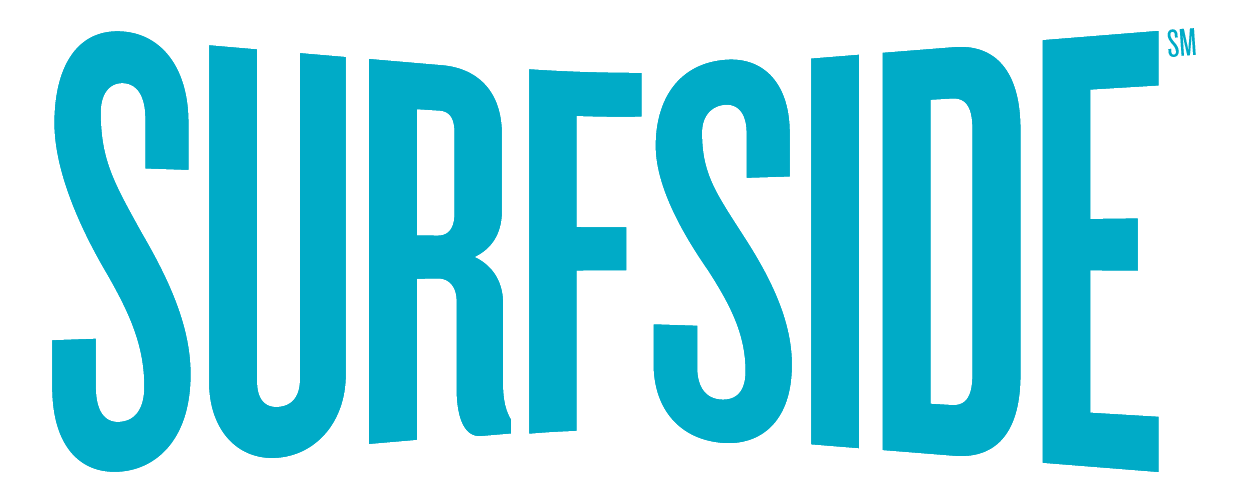Brushing Teeth With Kids
Brushing Teeth Made Easy for Kids with These Tips
Kids often closely watch what adults do and mimic these actions in order to look and sound more grown-up. You’ve surely seen it before — and you know that you’ve gone through this phase yourself. Following your parents around inside the house, you pick up ways to get things done (things like preparing toast for breakfast or rearranging the sofa cushions) and even carry some of these habits through to adulthood.
However, that doesn’t mean that children will be able to learn the proper way to get something done by merely watching an adult do it. For some things, such as brushing teeth, parents need to do something more than letting their little ones stand by the bathroom door and watch them go through their oral care routine at night. For kids, brushing teeth is an important activity that has to be done right. We recommend parents be firm about helping their kids learn the right dental hygiene habits early on.
You need to take charge of maintaining your kid’s oral hygiene at an early age, and then teach him the proper habits until he can effectively accomplish them on his own. Here are some helpful tips that can make kids see how they can easily maintain the health of their teeth and gums:
There is a correct amount of fluoride toothpaste that must be applied to your kid’s toothbrush.
Babies less than two years old require only a smear of toothpaste on their brush, while kids between 2 and 5 years of age can use a pea-sized amount.
Spitting is necessary.
Children must be taught that the toothpaste must be spat out into the sink instead of swallowed after brushing the teeth. This can be a bit challenging to teach since children are more used to being told to swallow things that their parents put in their mouths (food, medicine, etc.), so be patient. Teach them to rinse their mouth with a small amount of water so all the toothpaste can be removed.
Brushing every tooth.
Guide your child in moving the toothbrush gently in a back-and-forth motion along with the teeth and gums, using short strokes, and then held in an upright motion to reach behind the upper and lower teeth. The tongue must be brushed as well to remove bacteria.
Flossing at least once a day.
Demonstrate how to use floss correctly so kids can do the same. Hold a short length of floss between the thumb and index finger, position it into a C-shaped curve around each tooth, and slide it gently up and down along the side of the tooth and under the gum line. Remember to teach them that a new section of the floss should be used for each tooth so food particles and plaque won’t be returned to the spaces between teeth.




